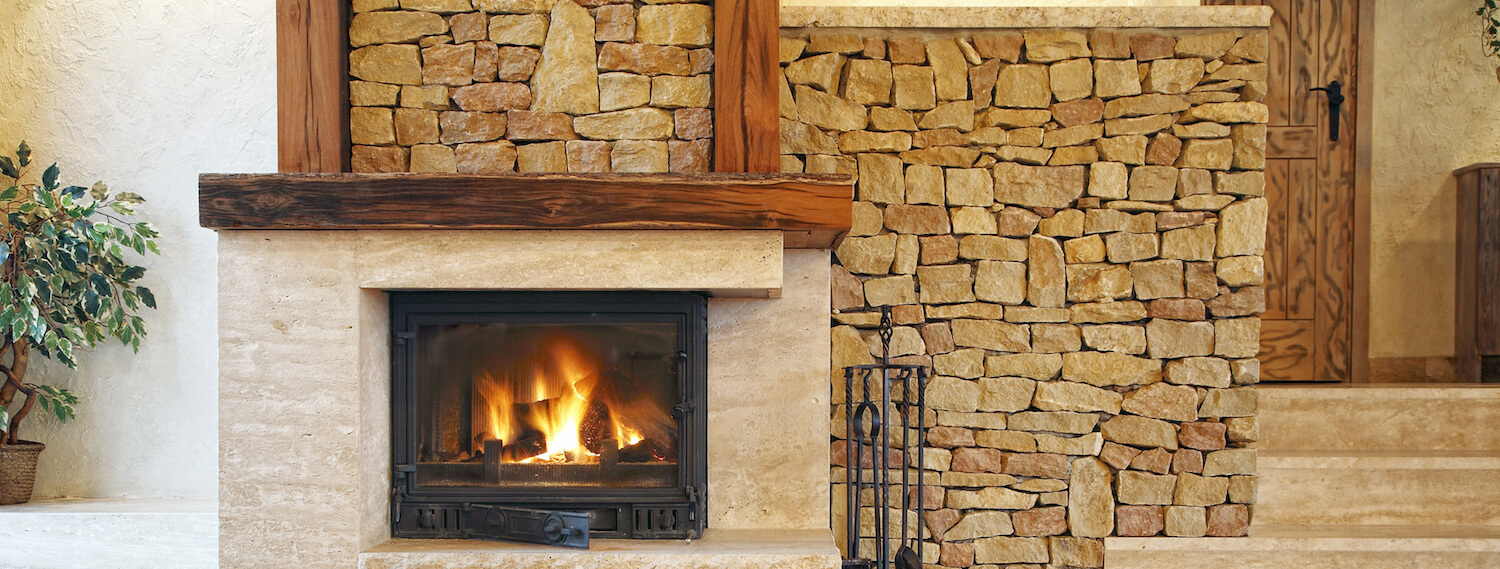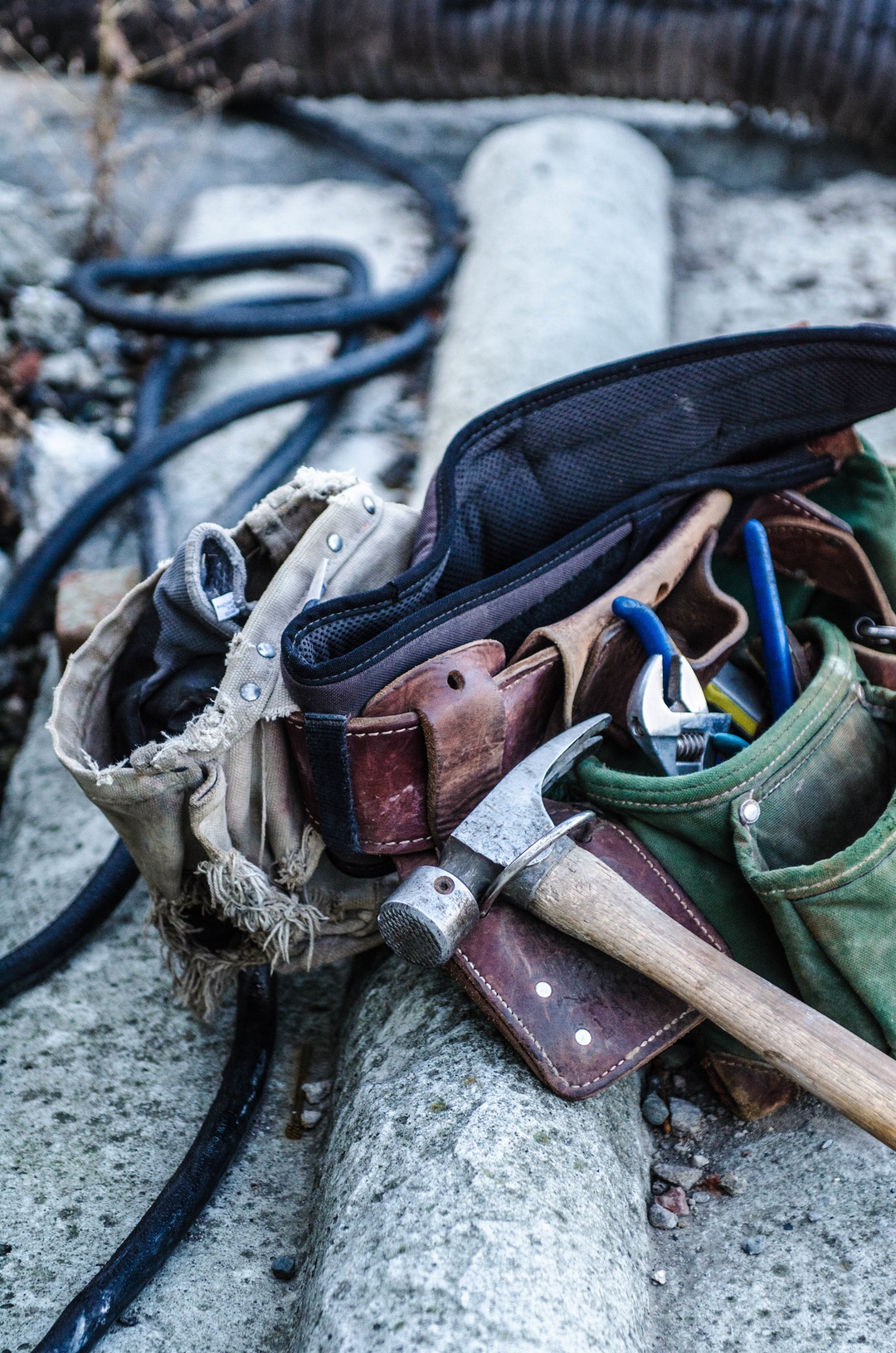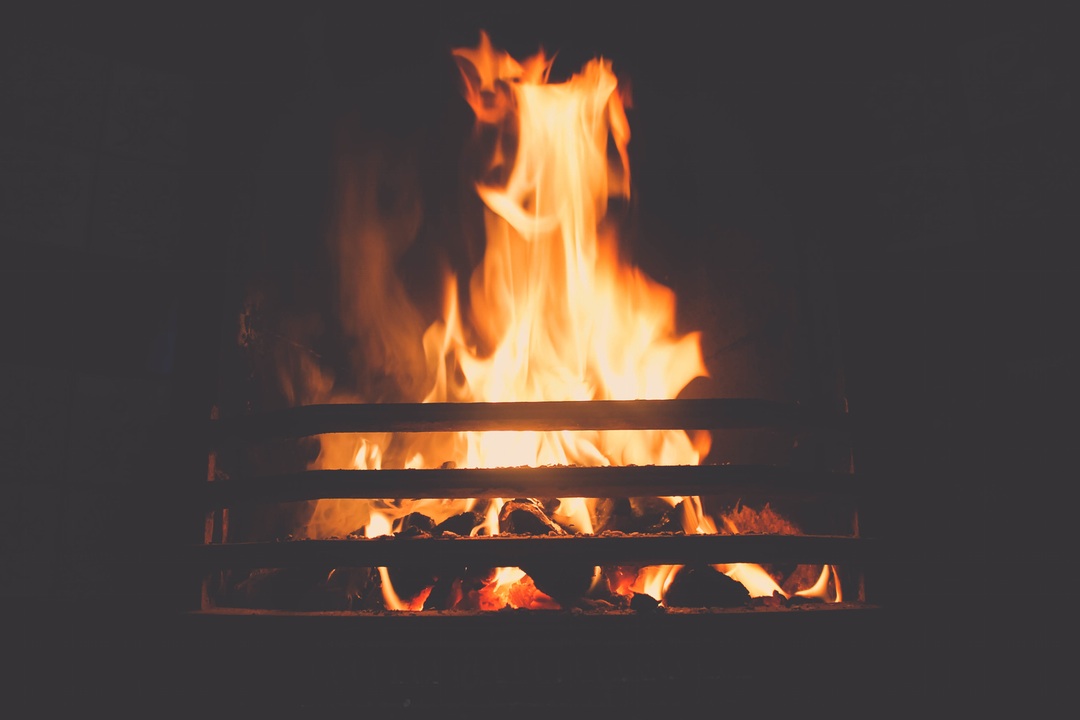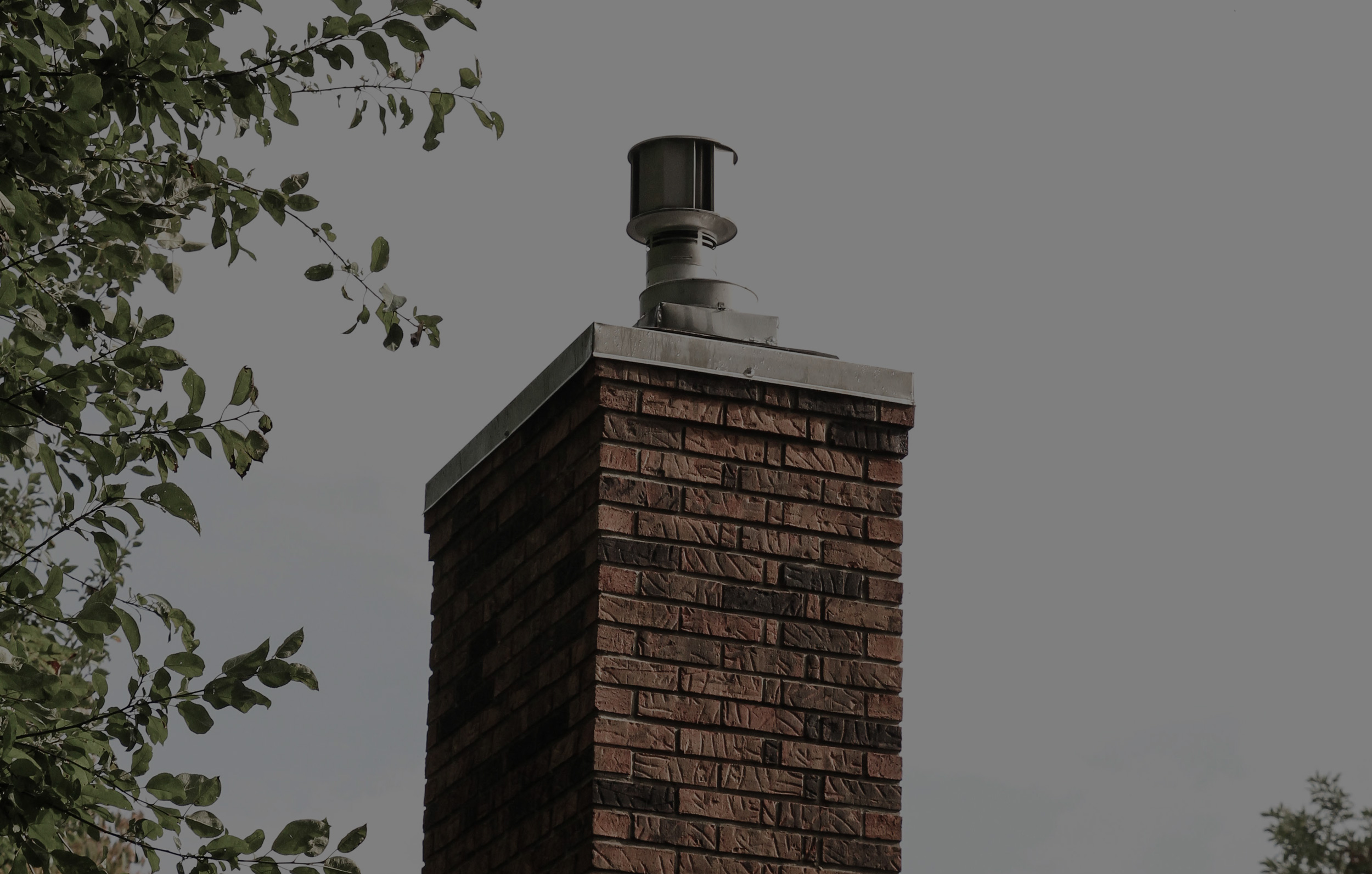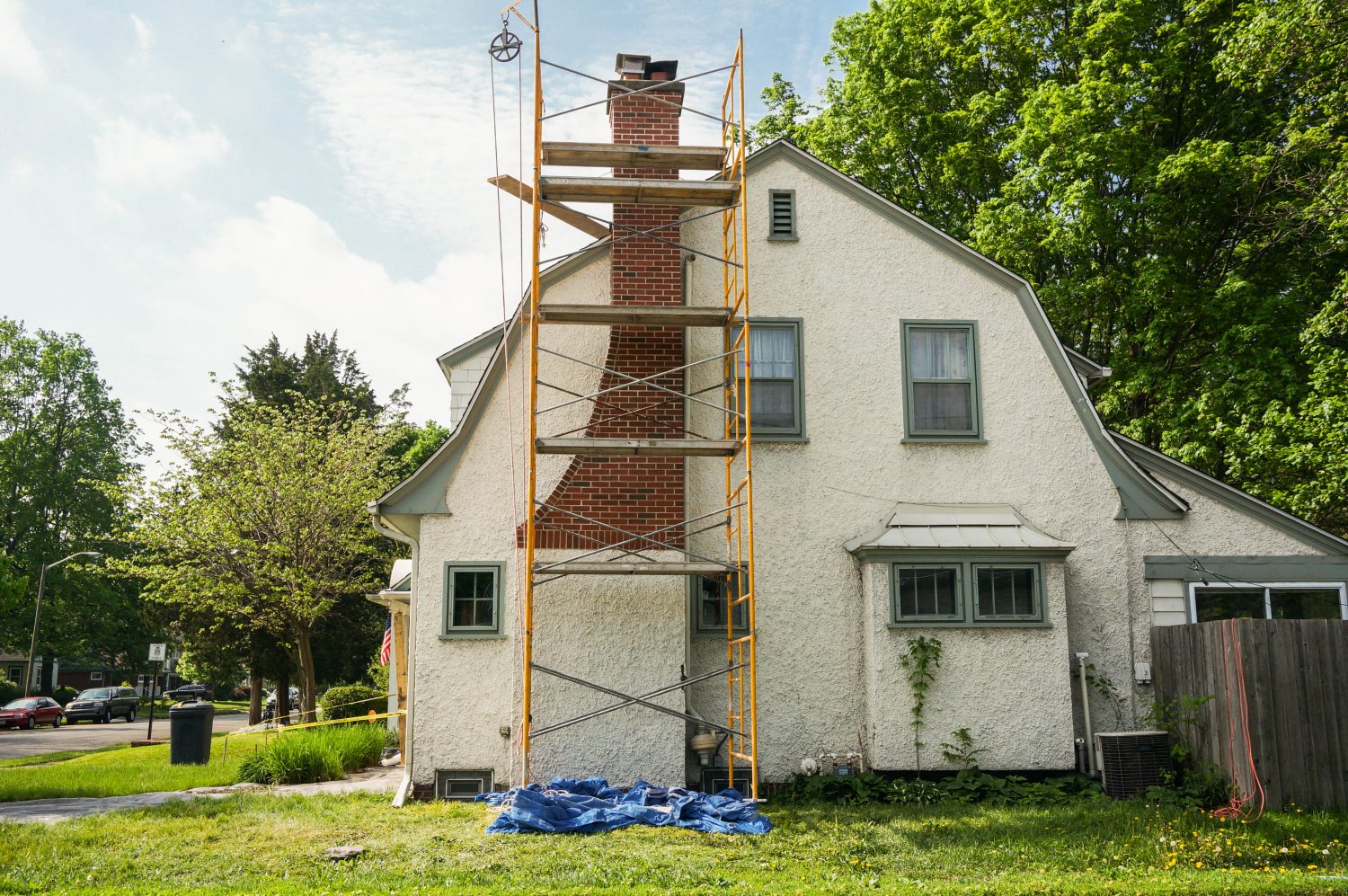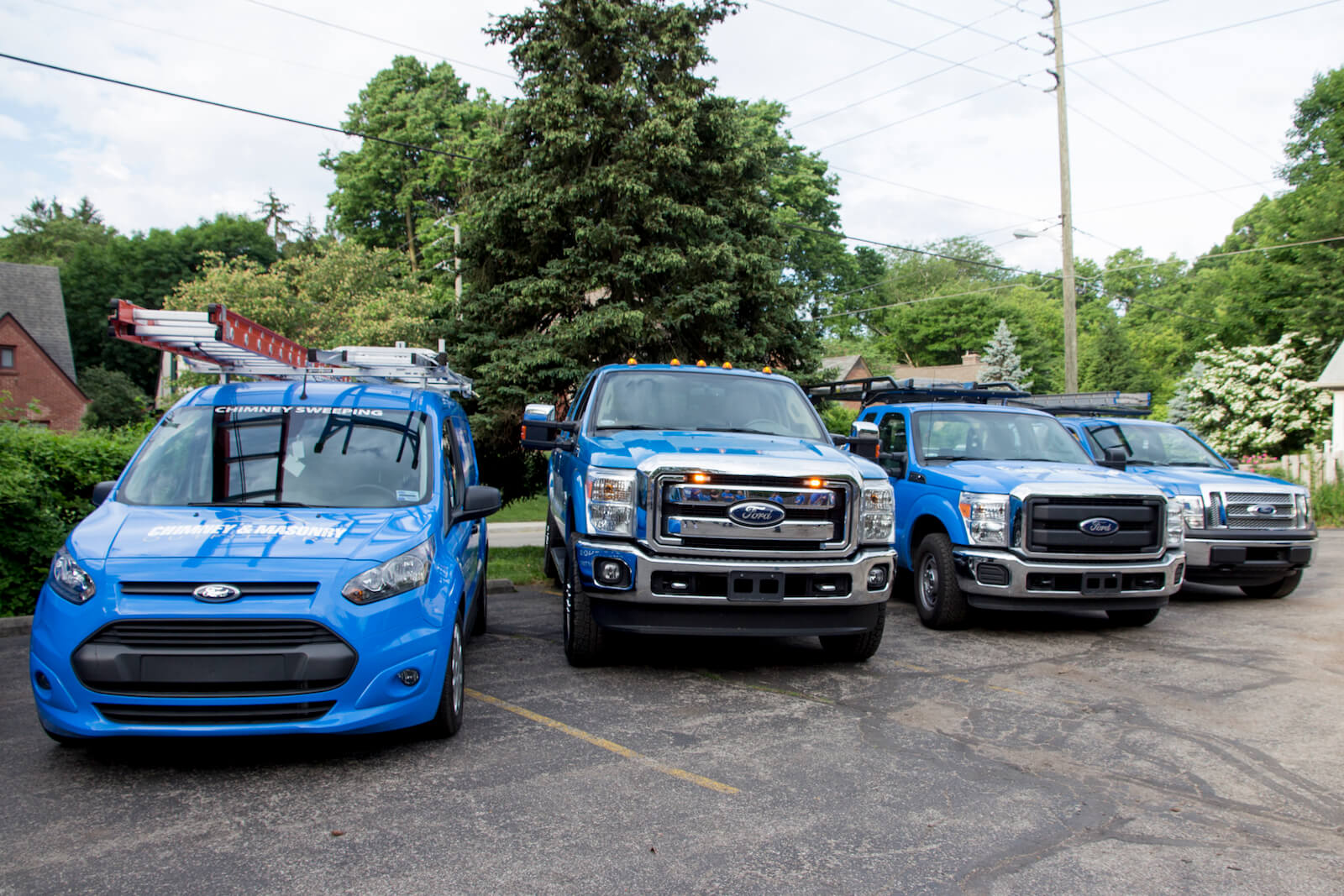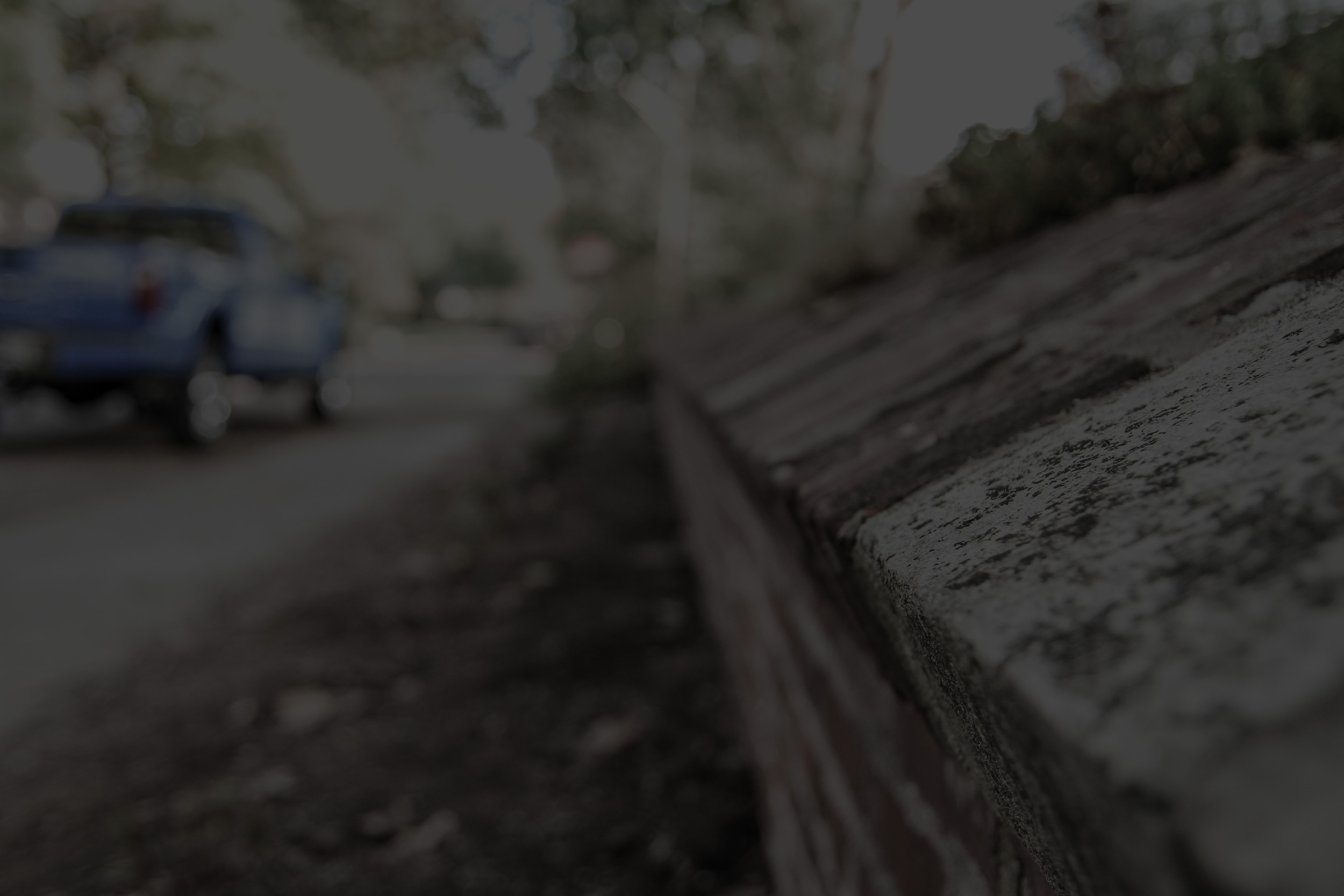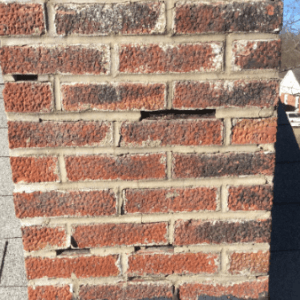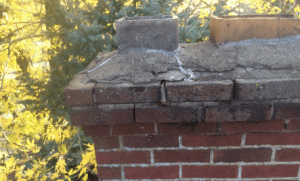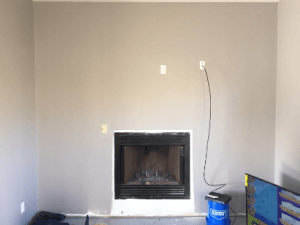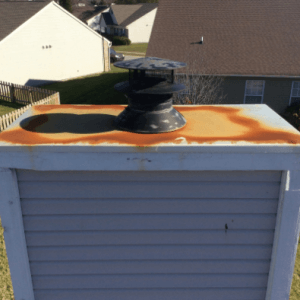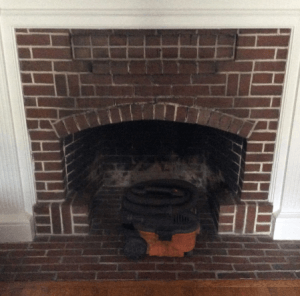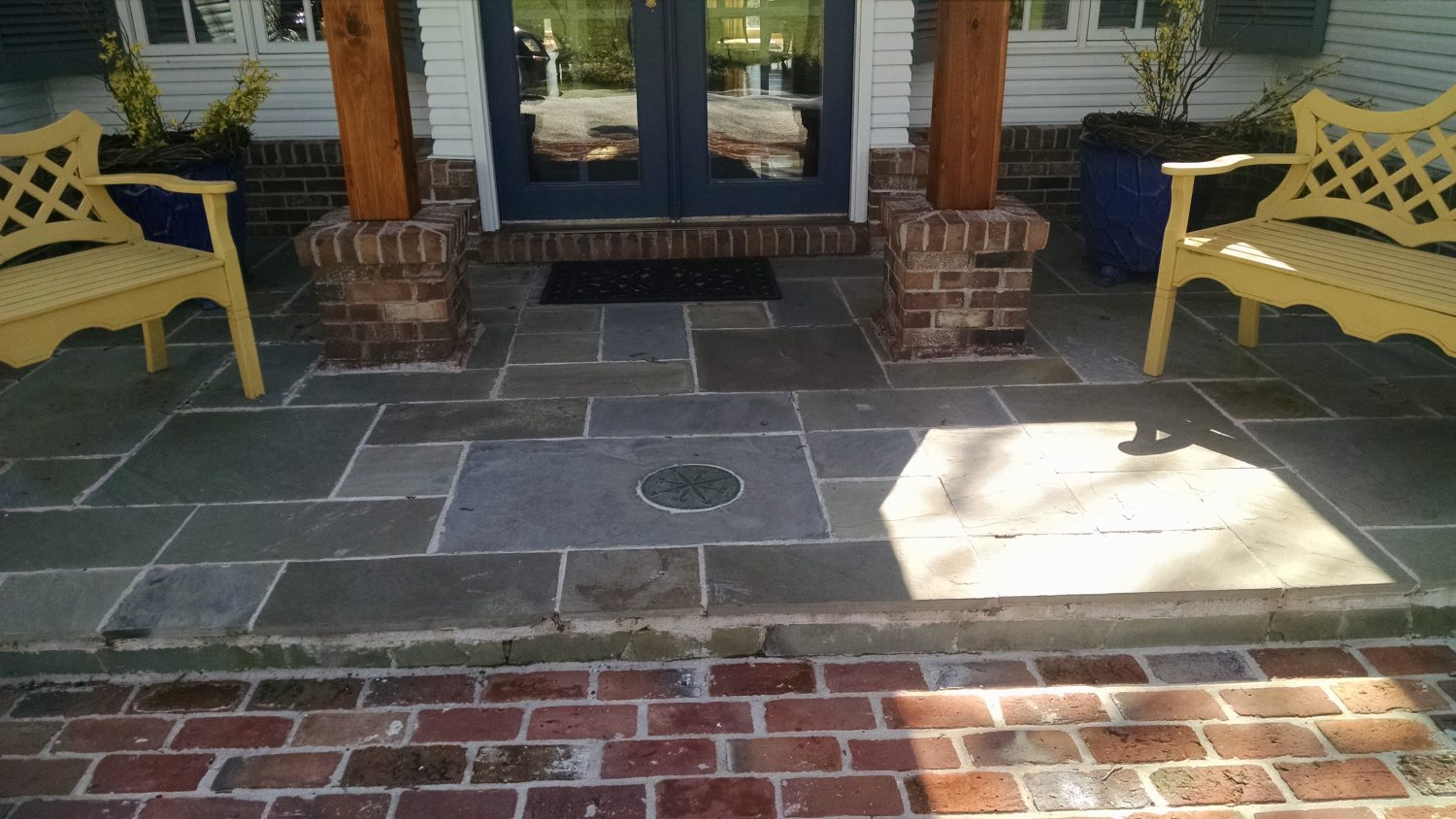How to hire a certified chimney sweep
If you are in need of a chimney sweep, it’s important to hire one that is a certified professional. Obviously, you want to ensure a company is credible before bringing them into your home.
What they do
When a chimney sweep comes to your home, they do more than simply clean the flue. They will address issues that could save your home from disaster. Here are a few questions that chimney sweeps will address:
- Is there creosote buildup that is causing your chimney to be vulnerable to chimney fires?
- Is your home’s heating and cooling efficiency at its peak?
- Is the home subject to carbon monoxide poisoning?
- Is the firebox in good condition?
- Is the fireplace causing pollution when in use?
The Chimney Safety Institute of America (CSIA) recommends that people only hire chimney sweeps that CSIA Certified. This means that they have gone through rigorous training and keep refining their skills with safety skills from the CSIA.
Verifying credibility
But they also suggest taking a few additional steps before hiring a chimney sweep company. After all, this service could help protect your home unnecessary fires and carbon monoxide poisoning.
Here are a few questions the CSIA suggests asking as you are hiring a chimney sweep to ensure that they are a credible technician:
- Do you have references?
- How old is your business?
- Do you have liability insurance to protect your clients from potential accidents?
- Do you have any outstanding complaints with the Better Business Bureau?
- Are all of your chimney sweeps CSIA certified?
If you are looking for a chimney sweep, B+E’s chimney sweeps are certified, and we have plenty of glowing references if you’d like to read some. Call today to schedule a chimney sweep with one of our Outfitters. Not only are they credible and polite, they will take good care of your chimney.
Tools of the chimney sweep trade
If you are a homeowner with a fireplace, then you know the importance of having your chimney swept regularly. Although you might be tempted to try to do this feat on your own, we certainly don’t advise it.
The best way to ensure that your fireplace are safe and clean are to have them cleaned by professionals. Not only do they have experience, they also have specialty tools to help them do their jobs. There are a wide variety of shapes and sizes of chimney brushes to accommodate specific venting systems.
Let’s take a look at some of the tools of the chimney sweep trade:
Brushes
Multiple brushes are used when cleaning chimneys. Hand brushes are used in tight spaces like chimney caps and smoke chambers. Stiff flat wire bristle brushes are used to scrape off creosote in glaze form. A long wire brush designed with strength and flexibility is used to clean chimney deposits in even the tightest spaces.
Chemical Cleaners
When brushes aren’t able to scrape off all of the soot deposits and creosote from the flue lining, chemical cleaners are used to finish the job.
Vacuums
It’s no surprise that chimney cleaning is a dirty job. Thus, vacuums are used to prevent the mess from entering the home, while removing pollutants that enter the air during cleaning.
Failure to clean and maintain your chimney could have serious and dangerous consequences. Because creosote builds up when fireplaces are used, it can cause chimney or house fires if it is not taken care of. To prevent this from happening, chimney venting systems need to be cleaned regularly. Not only does cleaning chimneys keep them free of creosote deposits, it also helps keep your heating appliance operating safely and efficiently.
If it is time for your annual chimney sweep, give B+E a call. Our Outfitters are trained and certified to effectively use the tools of the trade to clean your chimney, no matter the mess.
How Often Should I Hire a Chimney Sweep?
Every year, hundreds of homes are destroyed by house fires that start when creosote (a carbonaceous chemical) accumulates inside the chimney. Despite these obvious dangers, homeowners still neglect to take the proper steps to ensure that their fireplace is safe for use.
Your wood burning fireplace is susceptible to creosote buildup in the damper and flue. Homeowners are encouraged to have their chimney inspected for creosote buildup and cleaned each year in spring, as necessary. It only takes one spark and a small amount of creosote glazing to create a chimney fire that could endanger your family.
How often do chimney fires happen?
According to the Chimney Safety Institute of America (CSIA), more than 25,000 chimney fires occur in the U.S. each year. These fires can cause over $125 million in property damage and can spread to neighboring homes, the result of which leads to serious injuries and death.
These fires are often explosive and can burn at temperatures up to over 2,000 degrees Fahrenheit. A professional chimney sweeping removes the spots, blockages, and creosote from your system to ensure that it runs as safely as possible.
Even if you don’t use your fireplace that often, it is still important to perform regular maintenance. With infrequent use, birds, squirrels, or even raccoons could be nesting in your chimney. The debris caused by wildlife, along with leaves and branches that have accumulated, need to be removed to ensure that your chimney is safe to use.
What are the signs that my chimney needs cleaning?
The CSIA recommends that fireplaces be cleaned once 1/8in of soot buildup is present in the flue system or interior of the chimney. The condition of your fireplace is not always apparent to the untrained eye. That’s why it’s necessary to hire a professional chimney sweep to perform an inspection and cleaning. If there are signs of glazing present, an immediate cleaning will be necessary to prevent a spontaneous chimney fire from occurring.
When is the best time to clean my chimney?
It is recommended that you get your chimney inspected at least once a year by a reputable company like Brick + Ember Outfitters. Ideally, you’ll want to complete your inspection in the spring while temperatures are still relatively mild. For those of us in the Midwest, that could be as early as September. How often you clean your chimney depends on how often you use your fireplace.
Preventative Maintenance
There are things you can do as a homeowner to maintain the safety of your chimney between cleanings. Here are a few suggestions that we recommend to help you avoid dangerous chimney fires:
- Do not allow ashes to accumulate at the bottom of your fireplace. Clean them out of your firebox if you find that they are accumulating.
- Only use seasoned firewood in your fireplace. If you choose to gather firewood yourself, you should season it for a year or more before burning it. If you purchase it from a vendor, make sure that the firewood company only offers seasoned wood.
- Make sure that the damper is completely open before lighting a fire.
- Never burn pressure-treated or painted wood in the fireplace. Doing so will rapidly increase creosote buildup or could potentially create toxic fumes that could cause harm to you and your family.
- Stack the larger logs on the bottom of the firebox, followed by the smaller logs on top. This is important because this helps the fire burn hotter and produce less smoke. You should also top the pile with approximately one inch of kindling and crushed newspaper to properly start the fire. Using this method will retard the residue buildup in your chimney.
- Schedule an annual inspection of your chimney by a professional. An experienced chimney sweep company will perform a thorough cleaning of your chimney, by removing tar and creosote buildup.
Hiring a Chimney Sweep
Why take a chance when it comes to protecting your home and your family? Our experts at Brick + Ember Outfitters will provide professional, reliable service to keep your chimney system working year-round.
Is your chimney in need of an inspection or cleaning? Give our professionals at Brick + Ember Outfitters a call for your free consultation. We’ll work around your schedule and have one of our certified technicians perform a complete assessment of your system and make an appropriate recommendation for cleaning or repair.
Before you build your next fire, make an appointment with us to service your system. The best time to get your chimney inspected is before the start of the burning season: during spring, summer or early fall. Don’t wait until the temperature drops too low outside. Brick + Ember Outfitters can do your chimney cleaning or inspection any time of the year.
Call us now at (317) 500-1250 to get started!
How To Drill Into Brick
After we finish our masonry work building beautiful fireplaces and accent walls, homeowners naturally want to decorate the new focal point of their room. Wreaths, mirrors, and TVs are the perfect addition to most hearths. But there’s one issue—the brick...which is why we frequently get asked, “How am I supposed to drill into brick?”
Although it may sound intimidating, it’s not that difficult. Here’s what you need to do to successfully drill into your brick wall or fireplace.
Tools required: Electric drill, masonry drill bit, anchor, painter’s tape, driver, hammer (optional)
- Secure an electric drill and a masonry drill bit, which is designed to drill through brick and mortar. We suggest taking your masonry screw and anchor with you to the hardware store so you can purchase the right size of drill bit for your project.
- Measure the anchor, which is used to hold the screw in place when hanging heavy objects. Mark the depth of the anchor with painter’s tape so you know how far you need to drill.
- Drill the hole. When you reach the painter’s tape mark, you know you’ve reached the correct depth. Put the anchor in the hole, tapping it in with a hammer if necessary.
- Drill the screw into the anchor. Replace the drill bit with a driver. Drive the screw into the anchor, leaving enough room to hang your decor.
...and that’s it! That wasn’t so hard, was it? If you have any questions about drilling into your masonry, give us a call. We’re experts at this stuff!
Realtors: Will Your Next Home Inspection Uncover These Common Problems?
As a realtor, you probably know that a professional home inspection can both reveal issues and save your clients time and money in the end.
If the houses you’re buying and putting on the market are like most, there are a few issues that show up more than the rest. According to a survey done by the American Society of Home Inspectors, here are some of the most common problems uncovered when doing inspections.
Improper surface grading and drainage
This was the most common issue discovered, according to 36% of inspectors. Improper surface grading and damage can cause slabs to crack. Water can easily penetrate the footings, crawlspace, or basement. Freezing and thawing of that water has the potential to cause further, more expensive damage.
How to fix it: Have any cracks (in the foundation or otherwise) fixed. Re-grade around the house. Arrange for drainage to flow away from the foundation by fixing or installing a gutter/downspout system.
Old, damaged roofs
Inspectors cited that older and damaged roofs are a common home inspection problem. Shingle roofs have a shelf life of 15-20 years. Damaged shingles can cause roof leaking, as can improper flashing.
How to fix it: Repair damaged tiles and shingles. Re-caulk roof penetrations. Fix improper flashing.
Deficient heating systems
These issues can include everything from blocked chimneys, broken controls, unsafe exhaust flues, and cracked heat exchangers. These conditions can cause major health issues and put families at risk.
How to fix it: Annually service your heating systems, including hiring a chimney sweep*. If a new heating system is recommended, the investment could reduce your heating and cooling bills enough to offset the cost.
Poor maintenance
Inspectors agree that homeowners do not take good care of their homes, which results in crumbling and cracked masonry, broken fixtures, inadequate do-it-yourself wiring or plumbing.
How to fix it: Increased level of care can prevent these issues. Hiring professionals—including masons—for your maintenance can go a long way in maintaining your home.
We recommend tending to these repairs ASAP. If not, they can cause further damage, which can prove to more expensive in the end.
If your home inspection uncovers these issues, Brick + Ember Outfitters is here to help. We repair chimney flashing, perform chimney sweeps*, fix cracked foundations, and are known for the miracles we work with restoring masonry. Give us a call today for your free quote.
*We highly recommend hiring certified chimney sweeps. All of our Outfitters are fully licensed and capable of caring for all of your chimney needs.
“My chimney is pulling away from my house!”
If you have a tilting chimney, then you have a serious problem that needs to be dealt with as soon as possible. If not, falling bricks could lead to severe injury. Not only that, but where the chimney has pulled away from your home, water and bugs could get in the gaps. It’s also possible that combustible gases could be leaked into your home if the chimney liner is cracked.
The good news in all this is that it is (most likely) possible to return your chimney to its original, upright position. Let’s take a look at some of the symptoms of tilting chimneys.
How do I know if my chimney is leaning?
If there is a gap between your house and an exterior chimney, then your chimney is leaning. Sometimes, previous homeowners will fill that space with mortar, caulk, or foam insulation. Other times, people will use metal straps to fasten the chimney back into place. But these “solutions” only mask the true problem.
In the event that your chimney comes through the interior of your house, we recommend looking in the attic to see if it is centered in its framed opening. If it’s putting more pressure on one side than another, then it is leaning.
Dislodged flashing causing leaks is another sign of a settled chimney. You might take a long level to check whether the chimney is vertical in two planes. Similarly, check the horizontal mortar joints to see if they are level as well.
All this being said, some chimneys are meant to “tilt.” When a builder encounters a fireplace that is not centered, they may chose to offset the brick so that the chimney could exit in a spot that makes the home look more symmetrical. This offset, however slight, might make it look like it’s tilting. But if your mortar joints are level, then your chimney was simply built that way.
What caused my chimney to tilt?
Chimneys are comprised of bricks that weigh tons, and that weight is concentrated in a tiny area. That’s why chimneys should be built on concrete footing (or a chimney pad) to keep it from sinking. Even if a chimney is attached to a home, the footing is supporting the structure.
But concrete footing can fail. Here are a few reasons why it might:
- Footing that is too small - Footing needs to be at least 1 foot thick and should extend 6 inches past the chimney on all sides. Anything smaller is more likely to collapse.
- Bad soil - Loose soil or soil that expands and contracts with water is not meant to bear the weight of a chimney. Similarly, if the ground below the footing freezes and expands, it can weaken the footing if it is too shallow.
- Deterioration - Footings made of concrete may crack due to freeze-thaw cycles. If there is not reinforcement on the rebar (or if it’s improperly installed), footings can crack.
What do I do about my leaning chimney?
Contact a repair company do the work for you. There are ways of stabilizing and straightening leaning chimneys without dismantling them. Give Brick + Ember Outfitters a call. We’ll be happy to come out and offer a free quote for the repair of your tilted chimney.
Why You Should Hire A Certified Chimney Sweep
Your chimney is an important part of your home, which means it should be treated as such. Regular maintenance and care is imperative to ensure that your chimney is in safe and good working order every time you need it.
Before we get into who you should hire to clean your chimney, let’s first take a look at why you should hire one in the first place.
Why should I hire a chimney sweep?
When you hire a chimney sweep, they do much more than just clean the flue. They are addressing issues that could save your home from potential disaster. Here are a few concerns chimney sweeps will address:
- Is your chimney vulnerable to chimney fires because of creosote buildup?
- Does your home have the best possible heating and cooling efficiency?
- Could your family be exposed to deadly carbon monoxide poisoning?
- Does your firebox need to be replaced?
- Are you contributing to the pollution problem when using your fireplace?
Why you should hire a certified chimney sweep
By not hiring a chimney sweep—or hiring one who's not certified—you could be putting your family and your home at risk.
To be part of the Chimney Safety Institute of America (CSIA), chimney sweeps go through rigorous training. These certified chimney sweeps are continually sharpening their skills and learning about following chimney safety techniques practiced by the CSIA.
One of the benefits of hiring a chimney sweep who is certified is that you can have full confidence in the person you’re bringing into your home. With a CSIA certified company, you are guaranteed to receive the most current and qualified chimney care.
Working with a certified chimney sweep company annually ensures that you are keeping your family and home as safe as possible. Ready to hire a CSIA chimney sweep? Give B+E a call. All of our chimney sweeps have received their certifications and are guaranteed to take good care of your chimney.
Realtors: Do You Have These Issues? We Can Help!
As a realtor, you are asked to list a variety of homes—those in good condition and those that need a little love. You regularly encounter houses in need of chimney sweeps, tuck pointing, brick repair, and fireplace overhauls. Some of the work is obvious, while others might be more difficult to notice. If you have any of the issues below with your homes on the market, let us know. Brick + Ember Outfitters can help!
The gaps in this chimney mean that it needs tuckpointing. (If you don’t know, that’s when mortar joints are damaged.)
This crown desperately needs a replacement. (We also do crown repairs!)
This fireplace was so ugly that we ripped it out. We’re your go-to for fireplace installations, fireplace repairs, and fireplace replacements!
This chase cover is clearly rusted, and it needs a new one—preferably one with a lifetime warranty like we offer!
To a potential homebuyer, this chimney looks like work. Hire us to do a chimney sweep and chimney inspection to put their minds at ease!
If you see any of these problems in the homes you’re listing, give Brick + Ember Outfitters a call. We work on your timeframe, and we’re pre-emptive about issues, which saves you money in the end. Let us resolve these issues for you before they become more significant than they already are.
Brick Patio Repair: A How-To Guide
If you live in Indiana, chances are you’ve experienced cracked or broken patio stones because of our frigid winters. Bricks crack due to freezing and thawing, allowing water to cause damage. To be fair, bricks can also break due to poor installation or material issues.
Regardless as to how the damage happened, the stones need to be relaid. Not only will it look better, it’s also be safer for you and your family.
Here’s how you can replace a broken brick or patio paver.
- Use a crowbar to remove the broken stone. If it’s in concrete, you may need to break it first with a hammer and chisel. If you attempt this, make sure you wear protective eyewear and gloves.
- If there is old mortar present, chip it away. Also remove any debris from the stone bed.
- Next, put down new mortar and level it with a trowel.
- Place the new brick or paver in place. Make sure you double-check that it is level with the existing bricks.
- Use a mallet to tap the stone in place.
- Use mortar (or a dry mix) to repoint the stone.
If you have questions about your bricks or patio pavers, give Brick + Ember Outfitters a call. We love to do this type of project!
How to Install Vinyl Siding Over Brick
If you are a homeowner in Central Indiana and you want to update to the exterior of your brick home, then you might think that your only option is to rebrick your entire house. (If this is something you would like help with, Brick + Ember Outfitters would obviously be happy to be of assistance.)
But what if you had your heart set on beautiful blue vinyl siding? Thankfully for you, you don’t have to rip out all of your current masonry work because—contrary to popular belief—it IS possible to install vinyl siding over brick exterior.
Admittedly, putting vinyl siding over brick can be a challenge since it can’t be directly fastened to the walls; however, it can be done with the help of furring strips. If you’re not familiar with them, furring strips are lengths of wood used in roofing and construction.
Here’s what you need:
- Masonry nails or screws
- Carpenters level or plumb bob
- Hammer
- Weatherproof nails
- 1x2 inch wood furring strips
- Power drill with masonry bit
- Insulation (optional)
Marking the brick
Mark on your brick wall where you need to attach each vertical furring strip. It is imperative that the furring strips are straight. So as you mark the locations, use a plumb bob or carpenters level to achieve this. You’ll want to install a strip at every panel joint. (Make sure your marks will be easily seen above and below when you go to attach your panels.)
Attaching furring strips
Next, you’ll want to drill guide holes through the furring strips into the brick on your vertical lines. Place masonry screws or nails as fasteners into the guide holes.
Installing insulation and siding panels
If panel insulation is something that you want to utilize, that should be installed before your panels. Once that is done, use a hammer and nails to attach your panels to the strips. (Don’t forget to use weatherproof nails!)
Here at B+E, we’re not experts when it comes to vinyl siding, but we ARE experts when it comes to bricks. If you have any questions regarding your masonry, don’t hesitate to reach out.

